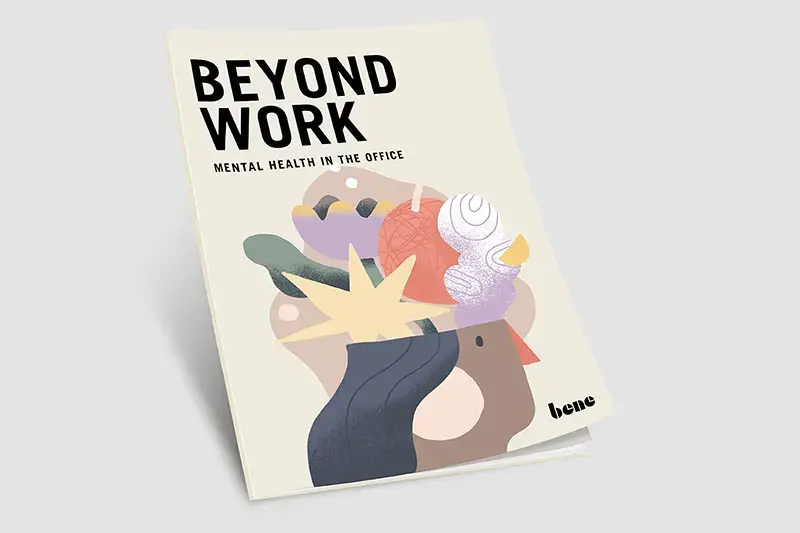Offices in Transition: Why Hybrid Work Requires New Spaces
Vienna, 04.11.2025 – Hybrid work models have transformed office life: since the COVID-19 pandemic at the latest, employees have increasingly been working flexibly between home and office. This ongoing shift has profound effects on workflows and corporate culture—and plays a decisive role in shaping how offices will be designed in the future.
Rethinking the Office
Just a few years ago, the office was considered the undisputed center of working life. Meetings took place there, projects were developed—essentially, everyday work happened there. Today, however, time spent in the office is often only a part of total working hours. Many employees prefer to complete focused individual tasks at home, where there are fewer distractions. At the same time, the office is gaining importance as a social hub: it is no longer understood purely as a workplace but is evolving into a place of social collaboration—where colleagues meet, exchange ideas, solve problems together, and strengthen a sense of belonging.
Noise is a Problem
For companies, this transformation is both an opportunity and a challenge—especially regarding how office space is allocated. Open-plan offices with long rows of desks or large conference rooms once seemed ideal but are now seen as rigid. Instead, there is growing demand for environments that accommodate the varied needs of modern office work.
A study conducted by office furniture manufacturer Bene, together with a team from Humboldt University Berlin, found that high noise levels are perceived as a constant source of stress. Fewer than 20 percent of respondents said they had enough quiet to focus on their work. Especially in traditional open-plan offices, where sound insulation is often inadequate, noise becomes a serious issue. Accordingly, employees in private offices report significantly higher satisfaction with their workspace than those in open-plan environments.
Designing Spaces Intelligently
The result for many employees: those who need to focus prefer working from home. However, the goal is not to shift all independent work to the home office, but to enable both—social collaboration and concentrated individual work.
Success depends largely on how office spaces are designed. Much can be achieved through smart furnishing—for example, with strategically placed furniture that includes sound-absorbing surfaces to dampen noise. Movable desk screens, modular partitions, curtains, and mobile room dividers have all proven effective, as have acoustic pods or “focus booths,” which provide ideal retreats for deep concentration—free from ringing phones and chatter.
A Place for Social Connection
The office must primarily be reimagined as a place of social connection. In the study, nearly 90 percent of participants from Austria and Germany identified social contact as a very important part of office life. Thoughtful spatial design plays a key role here: creating interaction zones that encourage spontaneous, informal exchanges is essential. Innovation and team spirit often emerge precisely through such direct encounters.
Lounges with comfortable seating, coffee bars, or flexible team areas provide spaces for these unplanned moments—conversations that may never make it onto the calendar but are vital for team cohesion. It is no coincidence that many successful projects begin as ideas born in these informal meeting spots. Interestingly, the study found that people under 30 use such spaces significantly more often.
Equally important are hybrid meeting rooms equipped with the right technology—so that video conferences with remote colleagues feel natural and integrated, not like a backup solution.
Options for Every Work Style
Modern office spaces that meet the evolving needs of today’s work environment resemble a well-organized toolkit: modular, flexible, and technologically sophisticated. They no longer offer standardized workstations but instead provide a range of options that can be chosen based on the task, team setup, or individual work style.
Because hybrid models make the location of work more fluid, the office must offer a clear added value: opportunities to network, collaborate, and build relationships, while still allowing for focused individual work when needed.
The future of the office, therefore, does not lie in an “either-or” between home and office—but in a decisive both-and.
For more information, the white paper “Beyond Work: Mental Health in the Office” provides a detailed look at the study’s findings. It offers an in-depth analysis, identifies areas for action, and provides concrete suggestions on how companies can design workplaces that actively promote employee well-being.
bene.com/en/concepts-knowledge/beyond-work
Illustrations: © Wald und Schwert



